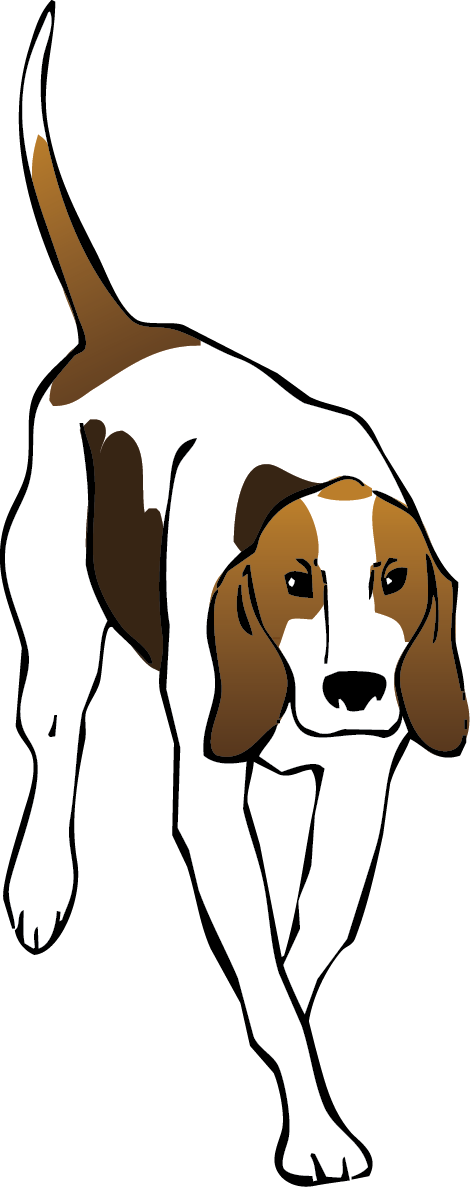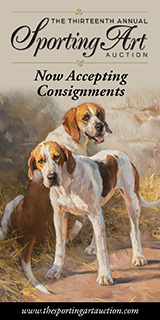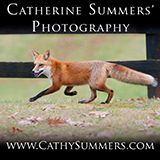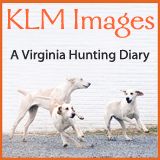January 29, 2013
Naturalist’s Notebook: The Red Fox
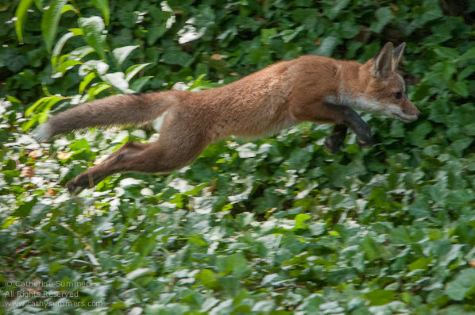 Cathy Summers photo
Cathy Summers photo
The red fox (Vulpes fulva) is one of the best-known characters in history and legend, widely spread over the temperate and northern regions of the world. For its combination of beauty and grace and intelligence it has had the attention of artists, poets, and naturalists, and merits the attention of those who would read the signs of the out-of-doors.
Naturalist’s Notebook: The Red Fox
 Cathy Summers photo
Cathy Summers photo
As a followup to our recent piece on the coyote, here’s that same naturalist’s description of the red fox. As before, I’m unable to provide a reference, book title, author, publisher, or date for this excellent bit of wood lore. If any reader recognizes it and can identify the source, we will publish that information in a future issue.
The red fox (Vulpes fulva) is one of the best-known characters in history and legend, widely spread over the temperate and northern regions of the world. For its combination of beauty and grace and intelligence it has had the attention of artists, poets, and naturalists, and merits the attention of those who would read the signs of the out-of-doors.
A Holiday Hunt: Kudos to the Fox
 The author, leading the field / Nancy Kleck photoMasters, staff, and field of the Blue Ridge Hunt are thankful for the recent Martin Luther King holiday. We always advance the meet from our usual Tuesday to any Monday holiday to give the juniors a chance to hunt. With the Virginia hunting country enveloped in sub-freezing arctic air on Tuesday, Monday’s “storybook” hunt—fifty-five minutes on one fox—was a special gift.
The author, leading the field / Nancy Kleck photoMasters, staff, and field of the Blue Ridge Hunt are thankful for the recent Martin Luther King holiday. We always advance the meet from our usual Tuesday to any Monday holiday to give the juniors a chance to hunt. With the Virginia hunting country enveloped in sub-freezing arctic air on Tuesday, Monday’s “storybook” hunt—fifty-five minutes on one fox—was a special gift.
The meet was at Catherine Berger’s Rolling Hills Farm. Hounds found their fox in the first covert where it was viewed across the open fields by a car follower. Before horses were even warmed up, we found ourselves racing to the first fence—a brand-new, raw, double-wide coop standing high on its timbers.
